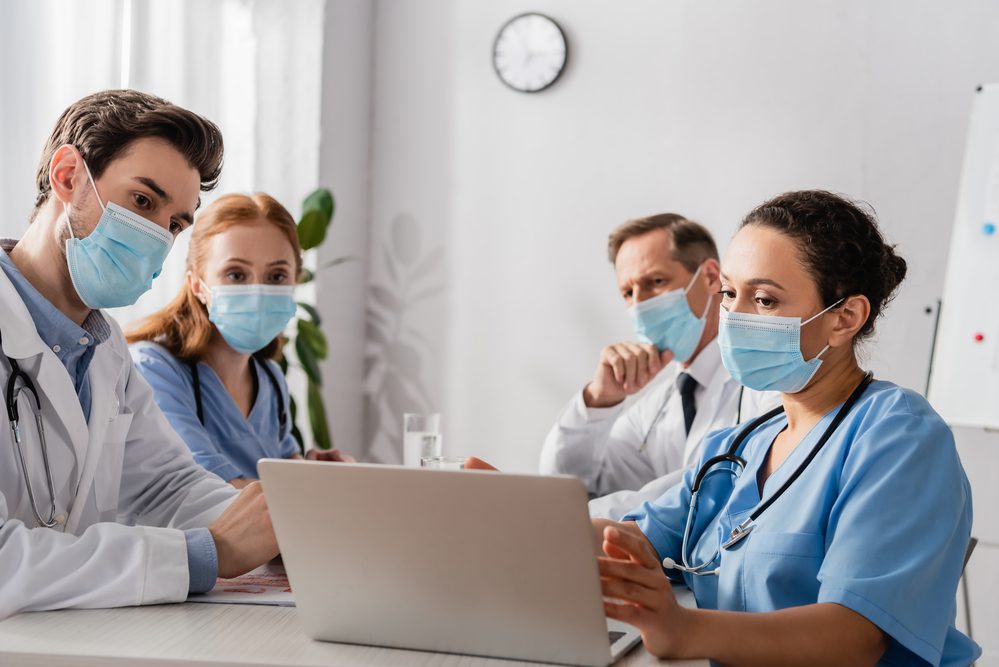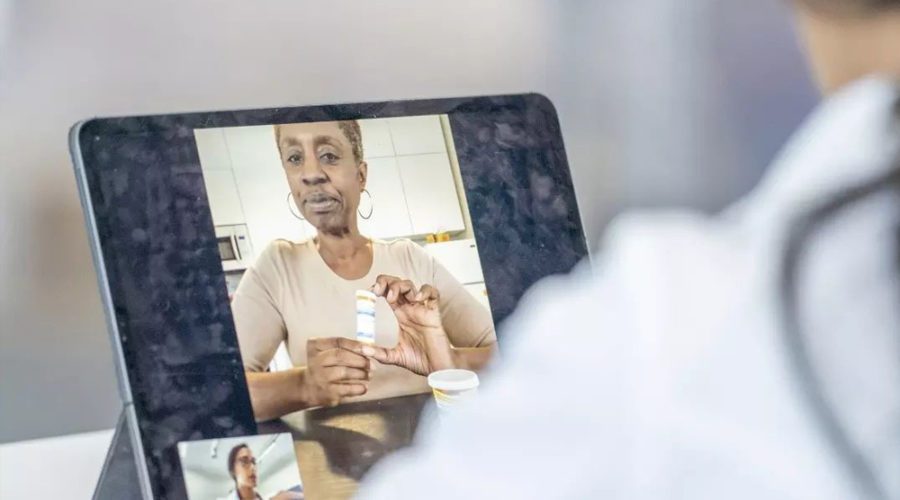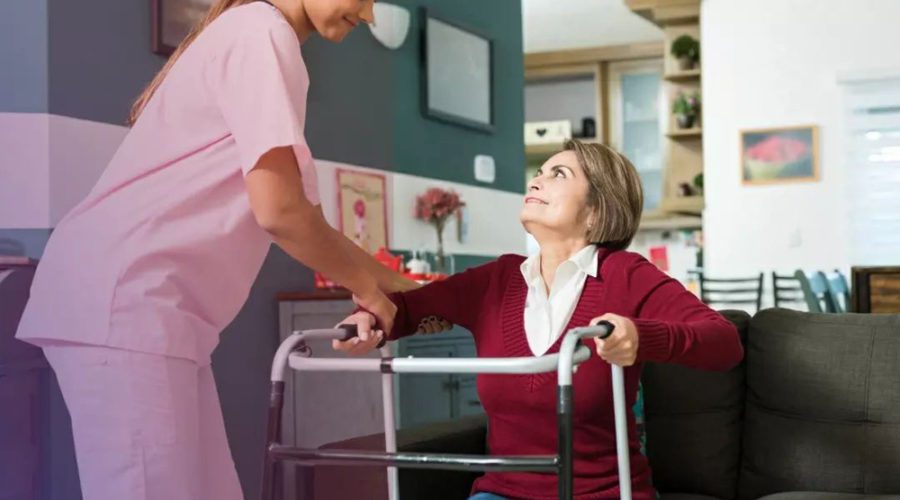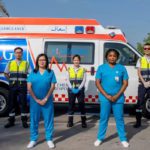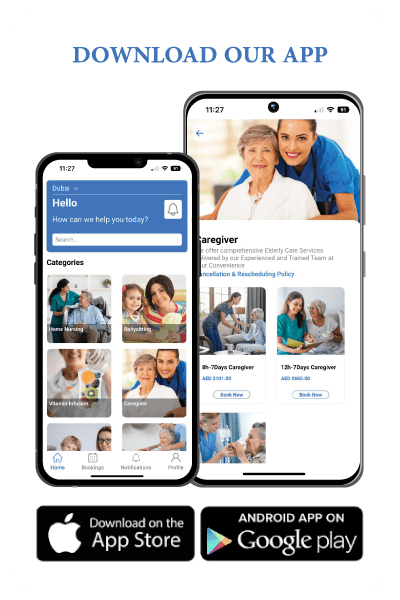The COVID-19 health crisis highlights the need for primary health care at the center of health systems to ensure continuity of care for all. A strong primary health care system, organized in multiple disciplines, integrated with community health centers, digitalization, and functioning with well-designed incentive mechanisms, contributes to an effective health system response.
The pandemic has imposed unprecedented levels of psychological stress on health workers who have spent long hours in high-demand environments, living in constant anxiety of disease contamination while away from family and enduring societal stigma. Before the emergence of COVID-19, medical personnel was already at a heightened risk of suicide.
The COVID-19 pandemic has awakened us to the critical role that health workers play in relieving pain and saving lives. The pandemic has also underlined the importance of protecting health professionals in maintaining a functional health system and society.
The World Health Organization urges governments and healthcare providers at the local level to take steps to protect health workers. These include actions to safeguard health workers from maltreatment, improve their mental health, secure them from physical and biological risks, develop national health worker safety programs, and link safety policies to current patient safety regulations.
Actions to Increase Health Worker and Patient Safety
Facilitate cooperation between patient safety and health worker safety policies and procedures:
- Incorporate health and safety skills in patient safety into training and education programs for all levels of health personnel.
- Incorporate health worker and patient safety measures into health care accreditation and certification requirements.
- Integrate incident reporting and learning systems for staff and patient safety.
- Create integrated parameters for patient safety, health worker safety, and quality of care metrics, and incorporate them into the health information system.
Establish and implement national occupational health and safety programs for health workers
- Review and improve national occupational health and safety legislation to ensure that all health workers have statutory security for their health and safety at work.
- Create occupational health and safety standards, policies, and codes of practice.
- Improve multisectoral collaboration on health worker and patient safety by integrating proper worker and management participation, including gender, diversity, and all occupational groups.
Strengthen Mental Health and Psychological Well-being
- Establish procedures to guarantee that deployments are reasonable and fair in terms of duration, work days, rest breaks, and bureaucratic procedures on health personnel.
- Define and maintain acceptable levels of safety personnel in healthcare institutions.
- Provide insurance coverage for job-related risks, particularly for those working in high-risk localities.
- Give health workers access to mental health and social support services, such as guidance on work-life balance and risk management and prevention.
Keep Health Care Personnel Safe from Physical and Biological Risks
- Ensure minimum patient safety, disease prevention, and control, and workplace safety standards are implemented in all healthcare facilities.
- Ensure the availability of personal protection equipment (PPE) in adequate numbers, proper fit, and acceptable quality at all times.
- Maintain an adequate buffer stock of PPE on-site. Ensure enough training on the proper use of PPE and safety precautions is provided.
- Ensure all healthcare facilities have basic environmental services such as water, hygiene, sanitation decontamination, and good ventilation.
- Provide enough resources to protect healthcare employees from injuries and dangerous chemical and radiation exposure.
- Ensure that all health workers at risk are immunized against all vaccine-preventable infections and that health workers have priority access to newly licensed and accessible vaccines during an emergency response.


